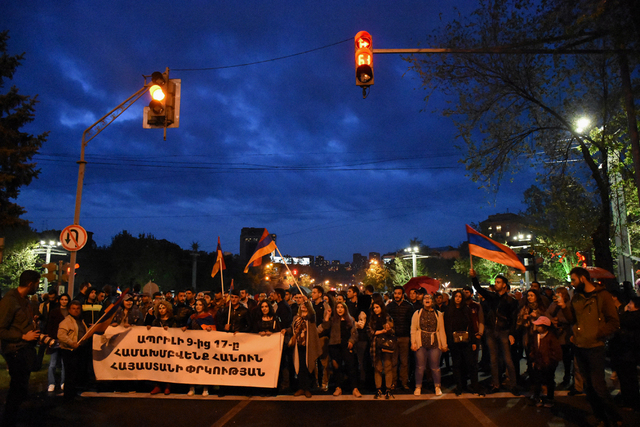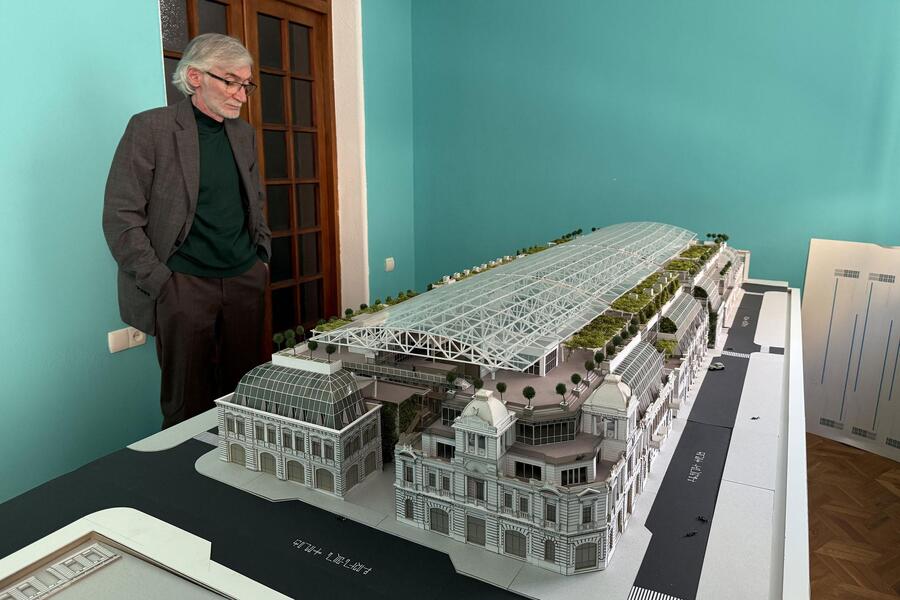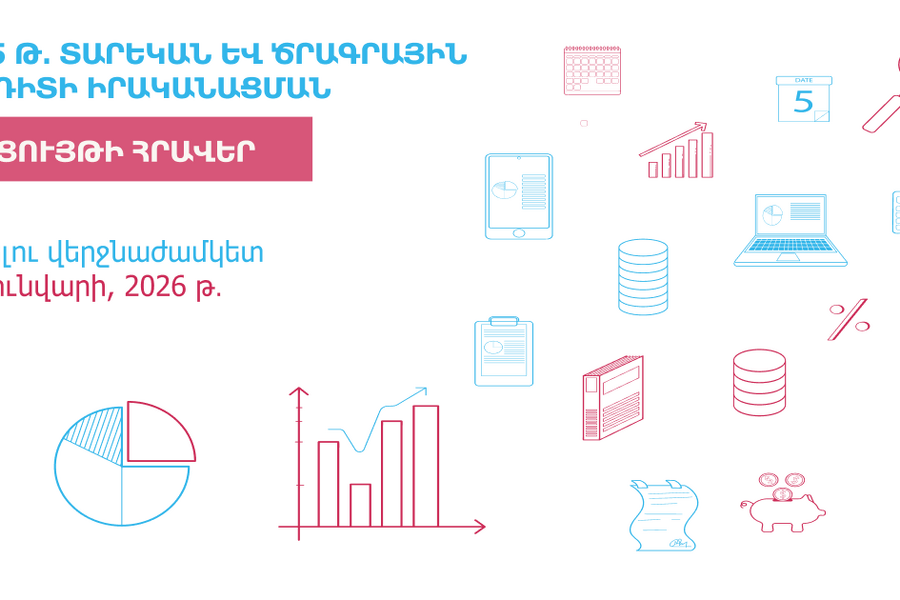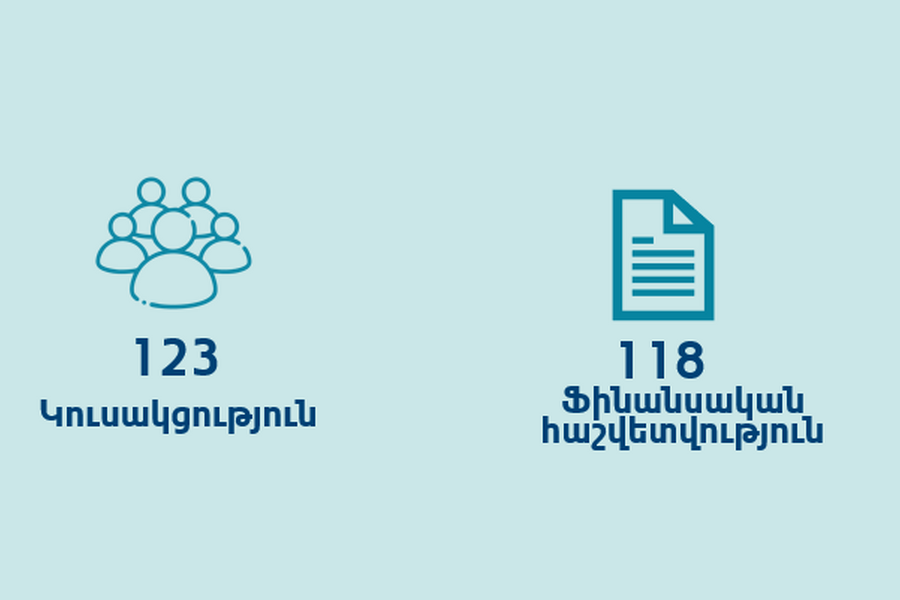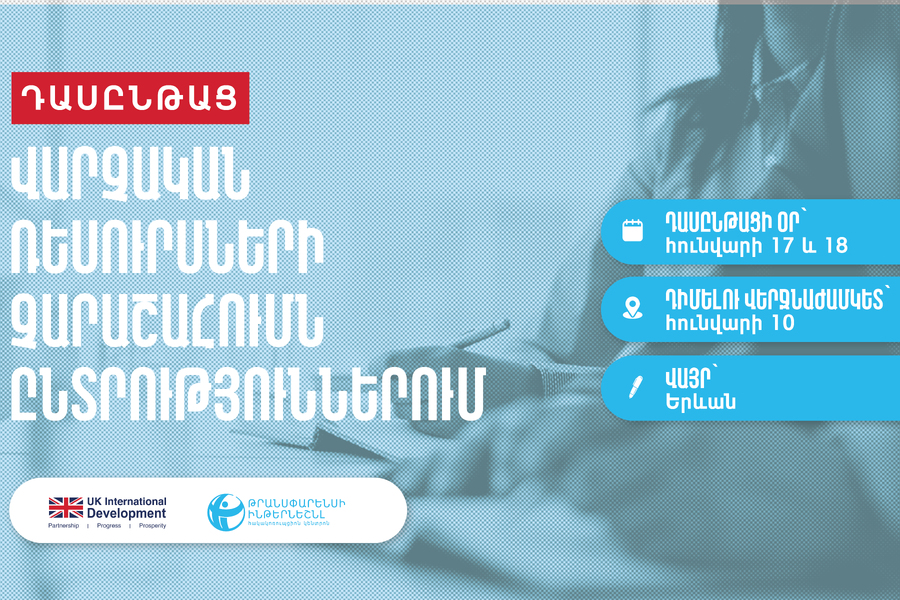TI blog: Protestors in Armenia march for democracy
TIAC's recent blog about the current protest in Armenia is on voices.transparency.org. See the blog below

In the last several days, thousands of citizens marched in the Armenian capital of Yerevan to protest the actions of former President Serzh Sargsyan, who after finishing his second and final term in office earlier this month, is now Prime Minister.
Holding onto power across the region
There are many examples of political leaders throughout the region that try to hold onto power past their term. Whether by changing the governance system from semi-presidential to a parliamentary republic in Georgia, or removing limitations on the number of presidential terms in Azerbaijan, or rotating roles between president and prime minister in Russia, some former Soviet state leaders might do anything necessary to stay in power.
Moving from president to prime minister
Until 2015, the Republic of Armenia had a semi-presidential governance system, where direct elections of the president were limited to a maximum of two terms of service, with five years per term. However, that system recently changed under President Sargsyan.
After rising to power in early 2008 through rigged elections and violence, President Sargsyan won a second term in early 2013 through falsified elections. During his tenure, President Sargsyan initiated changes to the Armenian constitution to transfer the country’s governance structure into a new parliamentary system and establish power of one political party in the parliament.

Responding to criticism
In 2014, in response to criticism about maintaining power, President Sargsyan said:
“I officially declare that I, Serzh Sargsyan, will never again nominate my candidacy for the presidency of the Republic of Armenia…I will not seek the post of prime minister either… I believe that one person must not aspire to the reins of power in Armenia for more than twice in a lifetime.”
Despite low public trust of the Armenia people in their president, this pledge was generally accepted by citizens.
A constitutional referendum
According to several reports, the proposed changes to the constitution served to strengthen the position of the Republican Party of Armenia and secure President Sargsyan’s role as a prime minister with extended powers and low parliamentary oversight. Despite broad objections from oppositional parties and civil society, these constitutional changes were passed by a rigged referendum in December 2015.
The current political situation
On 2 April 2017 parliamentary elections were held across the country resulting in a win for the Republican Party of Armenia with a majority of seats (58 out of 105) in the National Assembly. However, the election process itself was criticised and the Republican Party subsequently launched a process of reforms for the new governance system.
These reforms serve to equip the prime minister with major powers, including control of the armed forces in times of war, as well as leadership of law enforcement agencies like the police and national security council.
With new reforms in place, it is no surprise that earlier this month, President Sargsyan was unanimously nominated by his political party and parliamentary faction to become the country’s new prime minister.
According to a recent report from Freedom House, Armenia decreased its democracy score in 2018, which puts the country among a group of semi-consolidated authoritarian regimes. In addition, the country consistently performs poorly on the Corruption Perceptions Index, with a most recent score of 35. In the context of this political climate, Armenia is earning a reputation as a corrupt regime, which neither the EU, US, nor other international organizations should support.
Activists speak out
In mid-March, Armenian people started to peacefully protest in the street and use social media to express disappointment in the possible election of President Sargsyan as prime minister. Protests were commenced by different groups, including the “Civil Contract” political party, “Reject Serzh” and “Armenian State Salvation Front” civic initiatives.
Recently, thousands of people have taken France Square, one of the most important junctions in the Armenian capital of Yerevan, and hundreds remained for days and nights. On 16 April, a day before the election of the prime minister, protestors marched through the major streets paralyzing the city, while riot police threw concussion grenades at protestors, injuring approximately 46 people.

On 17 April, there was a heavy police presence while peaceful protests continued throughout the city. However, police demonstrated disproportionate force and dozens of activists were unlawfully isolated, beaten and detained for several hours without proper legal aid. Protestors were released only after the National Assembly, with a majority of votes, elected Serzh Sargsyan as the prime minister, behind a wall of armed police forces and barbed wire.
In response, opposition leader Nikol Pashinyan, called on protestors to launch an unprecedented level of civil disobedience throughout the country. Though many do not share the political positions of Pashinyan, some believe this is their last chance for democracy.
Armenians are protesting against the continuous ruling of Serzh Sargsyan, who failed to implement effective economic and social reforms, raised the country’s external debt to about US$6.8 billion, and increased inequality and injustice.
Unfortunately, since the broadcast media is under control of the regime, there is little information about the demonstrations. However, despite this, Armenian citizens will continue to exercise their right to protest and raise their voice, in a struggle to promote democracy and speak out against a corrupt regime.

Photo courtesy of Hetq © Narek Aleksanyan


